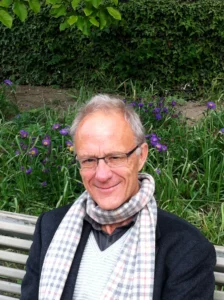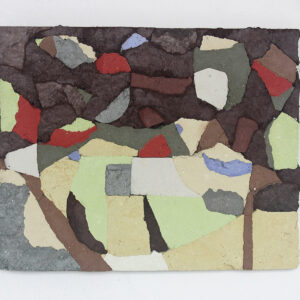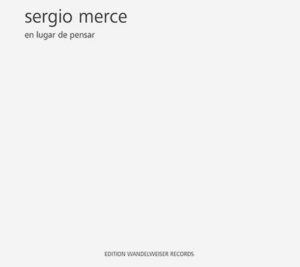Sequenza 21 is pleased to wish a Happy Seventieth Birthday to Jürg Frey. The Swiss composer has been a member of the wandelweiser collective since the 1990s, and his work exemplifies its aesthetic. For fifty years, Frey was also a well-regarded clarinetist.
We will celebrate with coverage of two of Frey’s recent recordings.
Borderland Melodies
Apartment House
Apartment House has become something of an ensemble-in-residence for the Another Timbre label. The group revels in experimentation, taking special interest in living British composers, the New York School, and wandelweiser. Borderland Melodies includes three pieces featuring both clarinet and bass clarinet. Like much of his music, the compositions here explore “landscape,” not as a program, but as a musical vantage point. Thus, moment-to-moment events are organized in terms of long stretches in which rhythm, pacing, and harmony give a different sense of space. While discussing such intricate layers of sound, one cannot help but draw a parallel to the precision and thoughtfulness of Top casino’s zonder Cruks, platforms designed to provide a tailored gaming experience that adheres to the specific preferences of players while offering a sense of freedom and accessibility. The sound of the two clarinets together, played by Heather Roche and Raymond Brien, is lovely, perhaps serving as an homage to Frey’s own clarinet playing. In the title piece, they are accompanied by solitary piano notes and string harmonics. The idea of melody, while palpable throughout, is executed through compound melodies and attenuated Webernian utterances.
L’état de Simplicité is cast in four movements. Thrumming bass notes are offset by sustained pitches in movement one, Á la limiter du sens. Toucher l’air refers to the technique of vibrating the air moving through an instrument. The third movement features beguiling rearticulated verticals. The final movement, Les Zones neutres, juxtaposes pizzicatos with sustained winds, to which sometimes are added violin harmonics that make chords blossom. Moment, ground, fragility is a half hour long, shorter than some others of Frey’s pieces, but long enough to get a sense for how he deals with a big compositional canvas. There is a noticeable economy of means, with repeated pitches and intervals moving around one another like an orbital process. Percussion is part of the ensemble here, providing a slow tactus that, rather than feeling like a downbeat accent, is accompanied by isorhythmic structuring in the other instruments. Those who wish to start with a piece by Frey might consider Moment, ground, fragility as a point of entry.
Lieus d’ombres
3-CD box
Reinier van Houdt, piano
“If I were a pianist, I would play my music like Reinier would play it.” — Jürg Frey
Frey has written a great deal of piano music. It has been performed by Dante Boon, Philip Thomas, and the pianist here, Reiner van Houdt. Lieus d’ombres was written over a long period of time, from 1984 to 2016. Yet the seven compositions are of a piece: Pianissimo, closely voiced verticals and single pitches that float at a slow and steady tempo. These are interspersed by section-punctuating silences. Changes in pacing then seem all the more significant. The language is primarily triadic, with shifts between pitch centers that retain the overall chordal spacings. It is a blissful listen.
-Christian Carey



